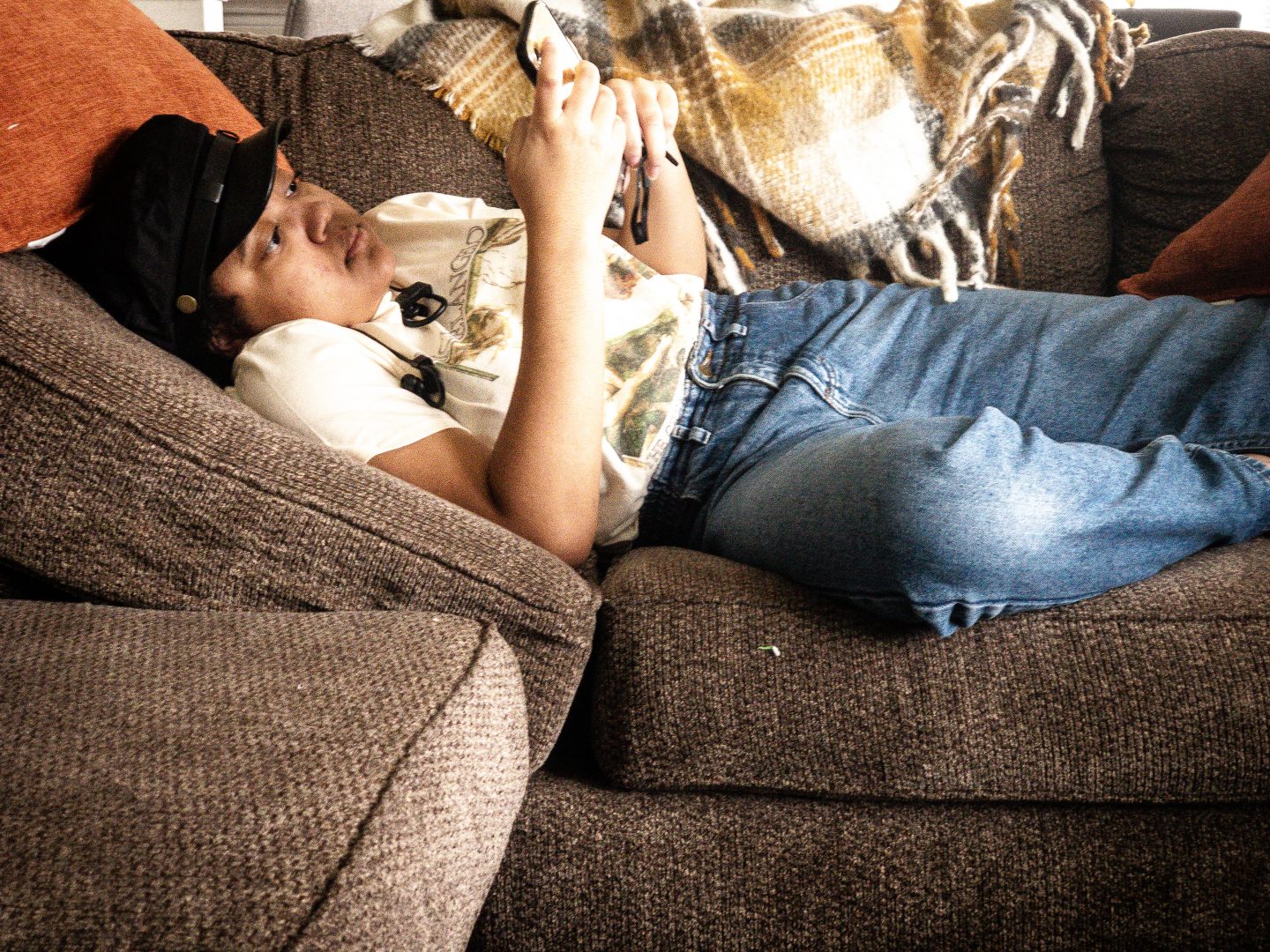
On the heels of this week’s Money Diary post, I wanted to talk a bit about how I’m teaching teenage money management and plastic responsibility to my kids. Before transitioning over to using a debit or credit card, where money can’t easily be seen, we started with tangible bills and coins. My son has always been really good about money and honestly, I haven’t really had to teach him anything. I’m not sure if he’s learned by osmosis or if he was just born thrifty. It could be the many times I’ve said things like, “I hope you have money for that” when a suggestion for something with a price tag has been made.
With my daughter, she’s always been a bit more “free” with money. She definitely has that Ariana Grande, “I see it, I like it, I want it, I buy it“ mentality. Unfortunately, she doesn’t have an Ariana Grande bank account. What she does have, is a Capital One MONEY account and she’s had it since she was eight.
Like me, my kids have always gotten money one way or another growing up … odd jobs, tooth fairy money, Christmas money, birthday money, visiting a relative they haven’t seen in a while money, etc … When my daughter was in middle school, she actually started getting money a different way, by opening up a candy store out of our pantry. With the birth of her store, also came the realization that she was ready for her own bank account and the world of plastic and teenage money management. In my opinion, the best way to manage your money in this day and age of contactless transactions is through online banking.
Finding the Best Account For Teenage Money Management
Because she was only 8, it limited the account options to choose from. I did some looking around and, ultimately, decided on Capital One MONEY (which is actually marketed as their teen checking account) because there weren’t any fees, no minimums, a .10% APY, it came with an app she could check herself, and it provided me with notifications whenever she made any moves on her account (think purchases, withdrawals, any kind of money moves). I liked that the account provided her money on top of her money and that she could check her account to see her money grow. I loved knowing if she misplaced her card and someone else used it, I would receive some kind of notification even if she didn’t tell me. Which leads to …
Guarding that Card Like She’s Guarding Her Greatest Secret
It’s exciting to get the card in the mail and see your name at the bottom. Like everything else, that newness wears off and sometimes that card gets misplaced. I’ve had to call that card company and request a handful of card replacements on her behalf. Luckily, we were able to click into the app to turn off purchasing privileges but, even better, after being unable to get things she’s wanted, the importance of holding on to that card set in.
Choosing a Pin That Makes Sense
Naturally, you don’t want to pick something too easy but you don’t want it to be too hard either. You can certainly use a debit card as a credit card to avoid entering a pin but it’s important to know your information. My daughter did a great job with picking a debit pin to use (I also knew it in case she forgot in the beginning). The area where we had a bit of trouble, was the online pin to access the account.
Even though I could see things through my account access, being her account, she could see more through hers. Once she ran into one too many situations where her card was declined because she didn’t make sure she transferred money or looked to see if she’d had a deposit that day, she finally started regularly checking her account and made sure to set a pin that made sense to her but others wouldn’t likely guess.
Check That Account Like She’s Checking for the Newest Release
When kids get a bank account, they know how much money they’ve put in and tend to assume that’s what’s there. When people, in general, get a card attached to their account, they suddenly feel like they’ve got ALL the money … wrong. You still only have the amount of money you put in there. You might actually have a tiny bit more if it’s an interest-earning account and you DEFINITELY might have less if you don’t know what’s going on in your account.
Like I mentioned above, we were running into situations here and there where we’d go to the store, the card would be swiped, but the transaction wouldn’t go through. Everyone in the situation is looking around at one another like we’re crazy. Upon a quick review of her account, she’d discover she’d purchased something she forgot about and didn’t have enough money in checking OR she’d see that her automatic transfer to savings had taken place that morning and money that may have been there yesterday was now in her savings. Because there are no maintenance or overdraft fees, nor the ability to overdraft, associated with the account, she doesn’t check it every day like I do mine but she does check it before going to the store or once a week if she’s not going anywhere.
It definitely took some time but both of my kids finally got the hang of managing their funds when using their debit cards versus tangible bills and coins and I’m glad it’s something they could learn. How have you approached teenage money management with your teens and children? How old were your children when you opened accounts for them?

